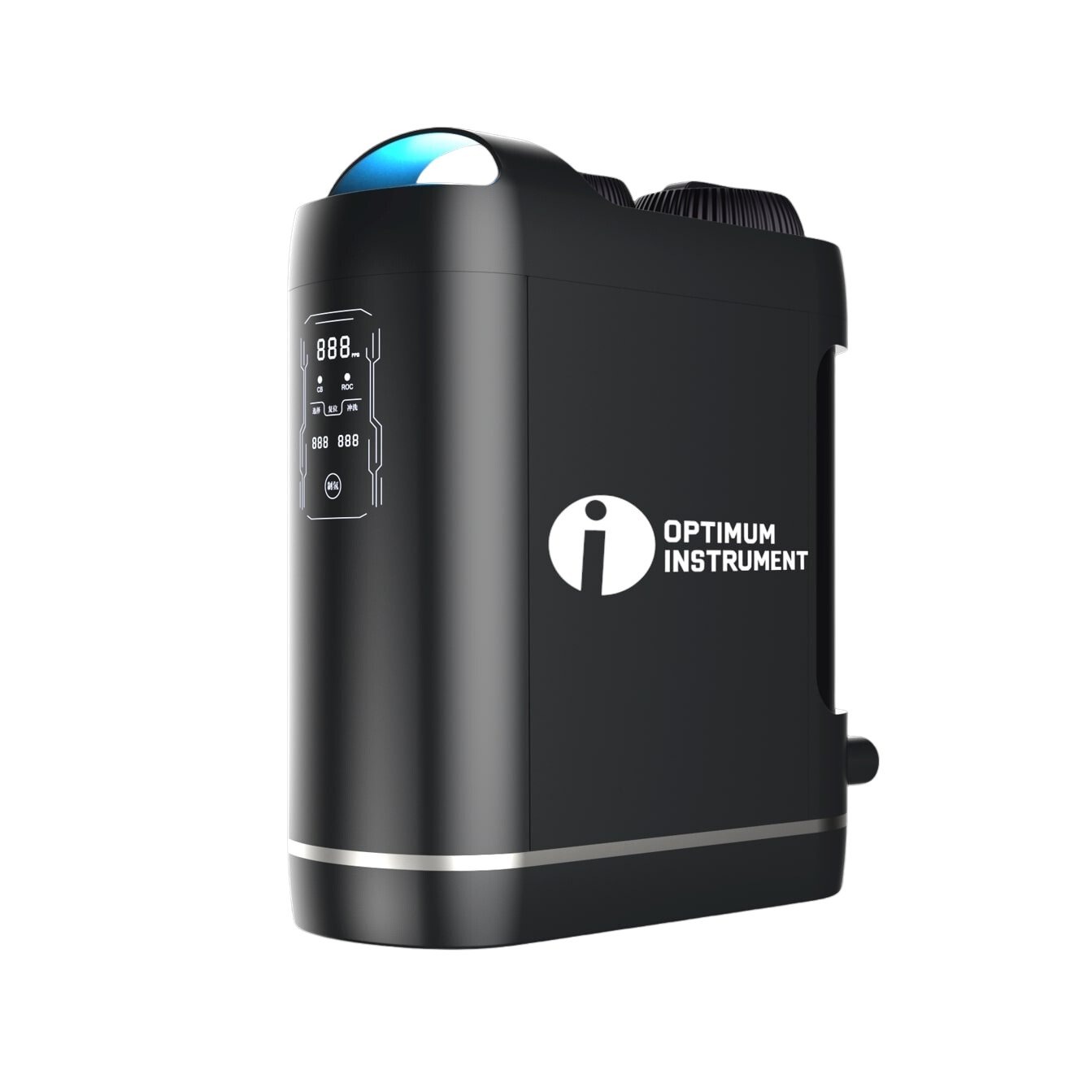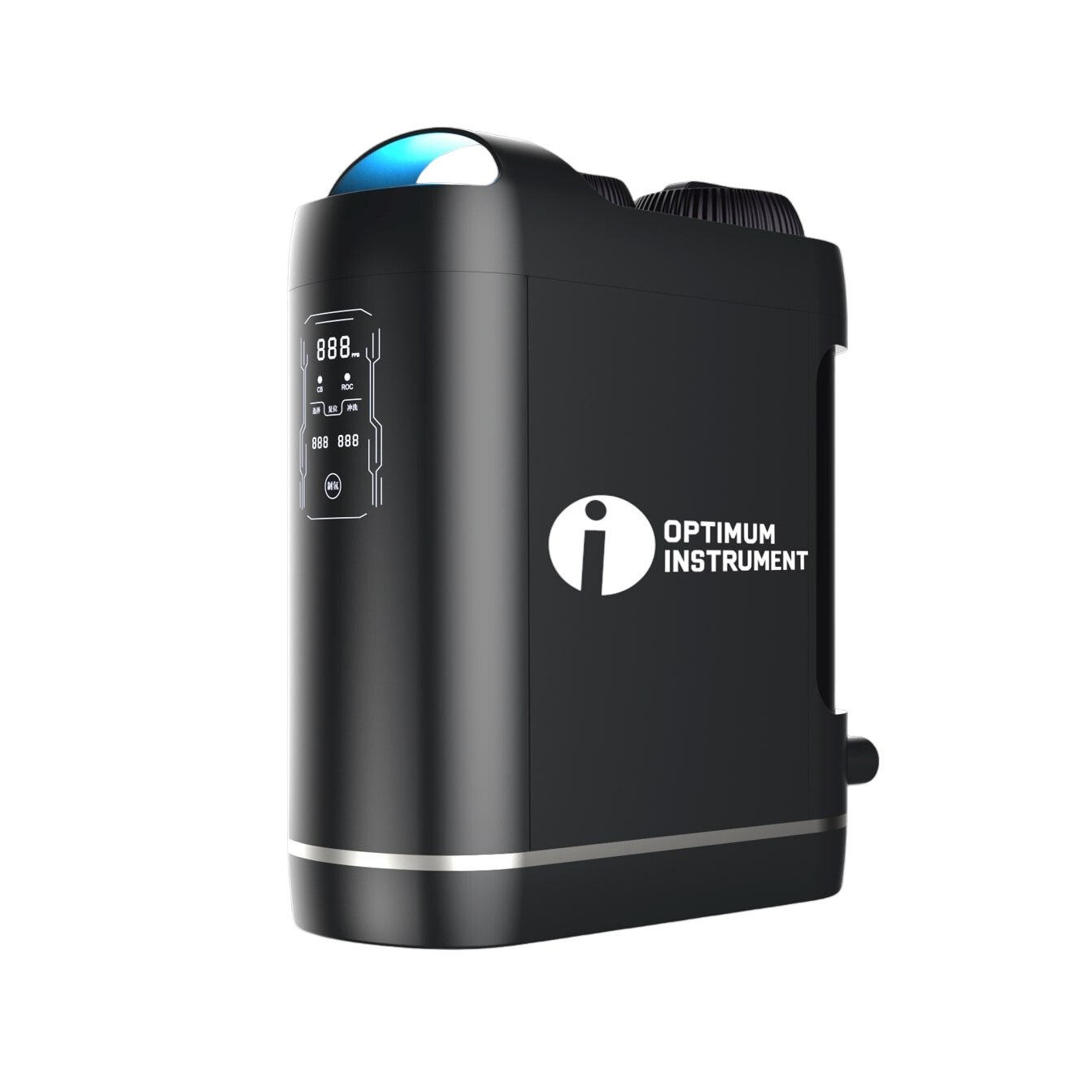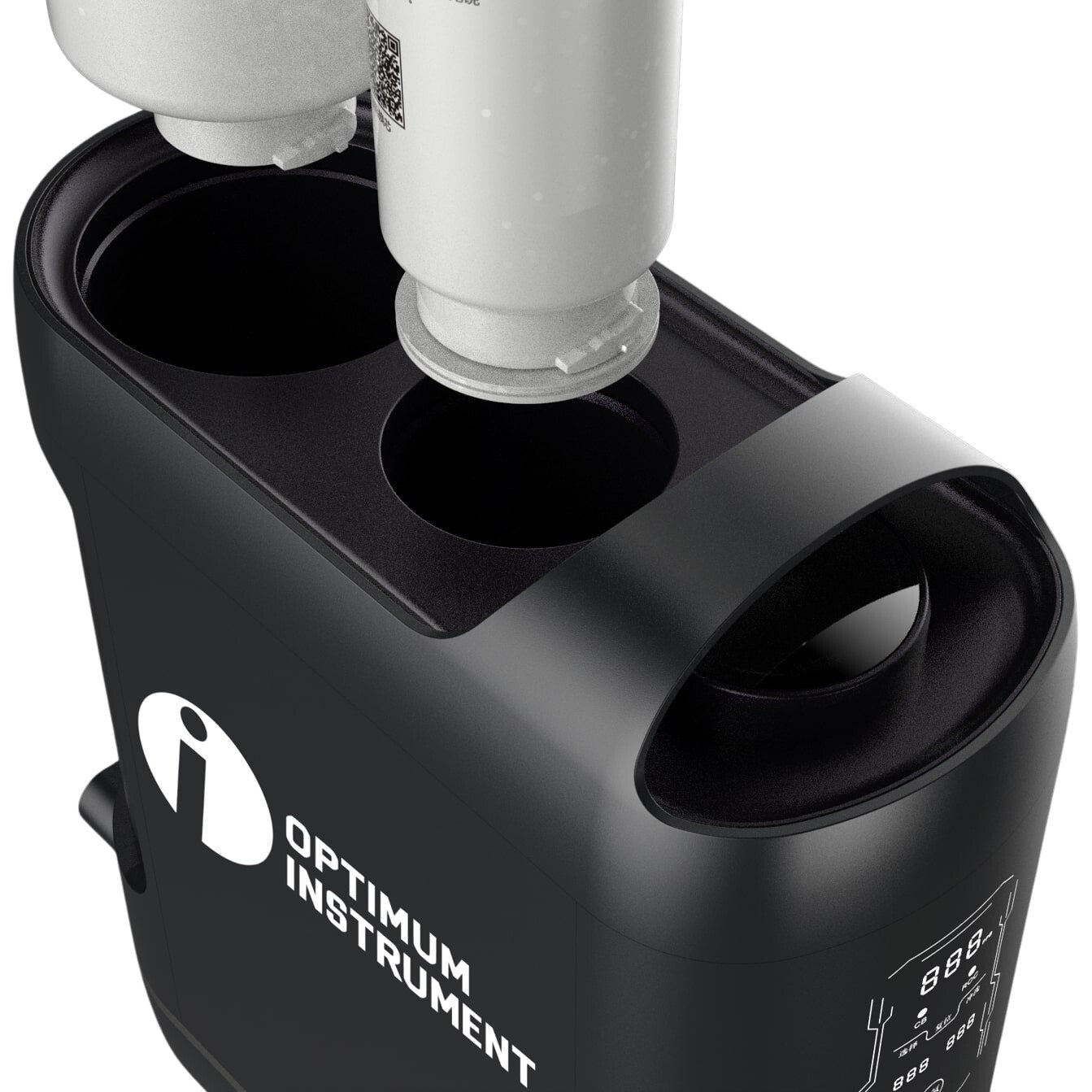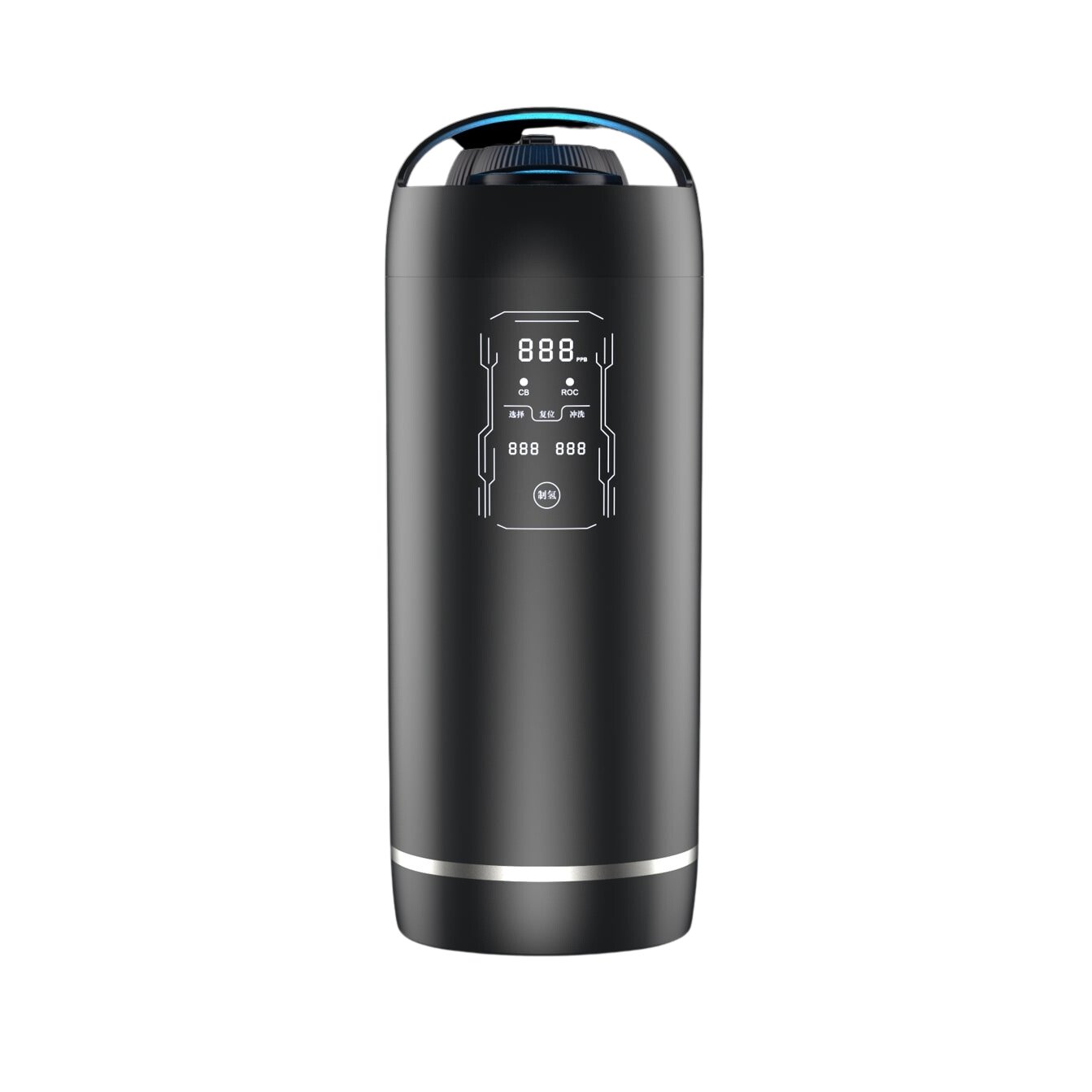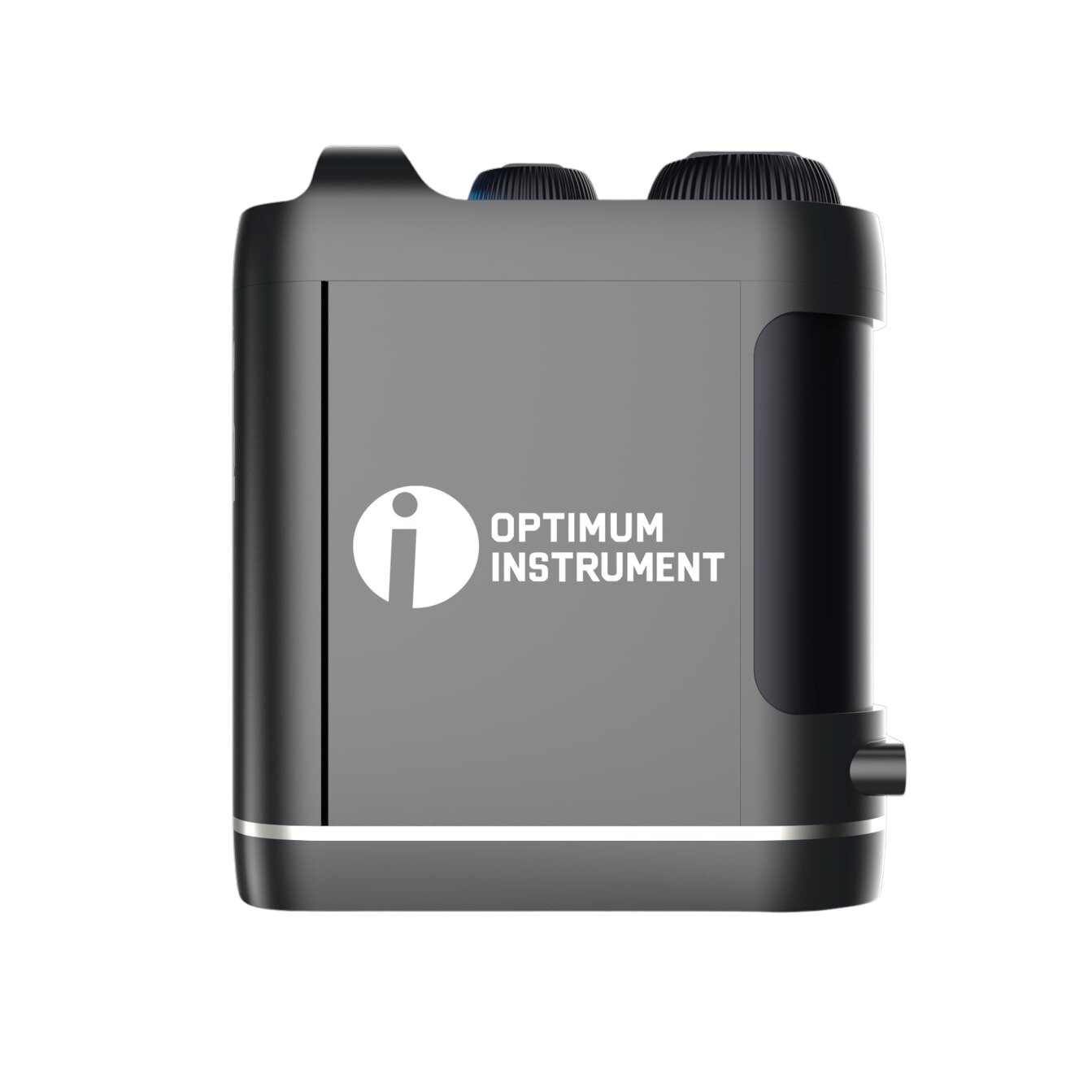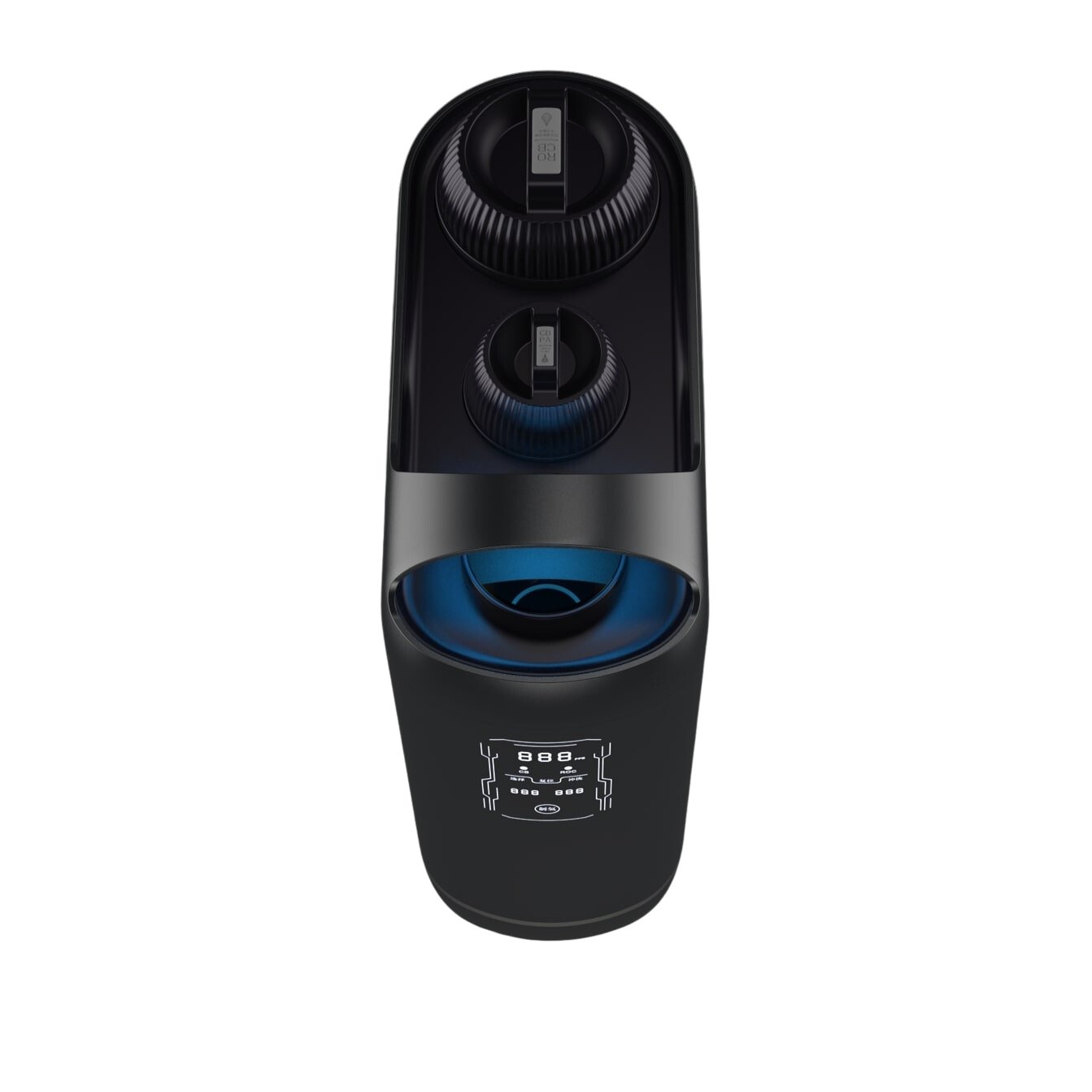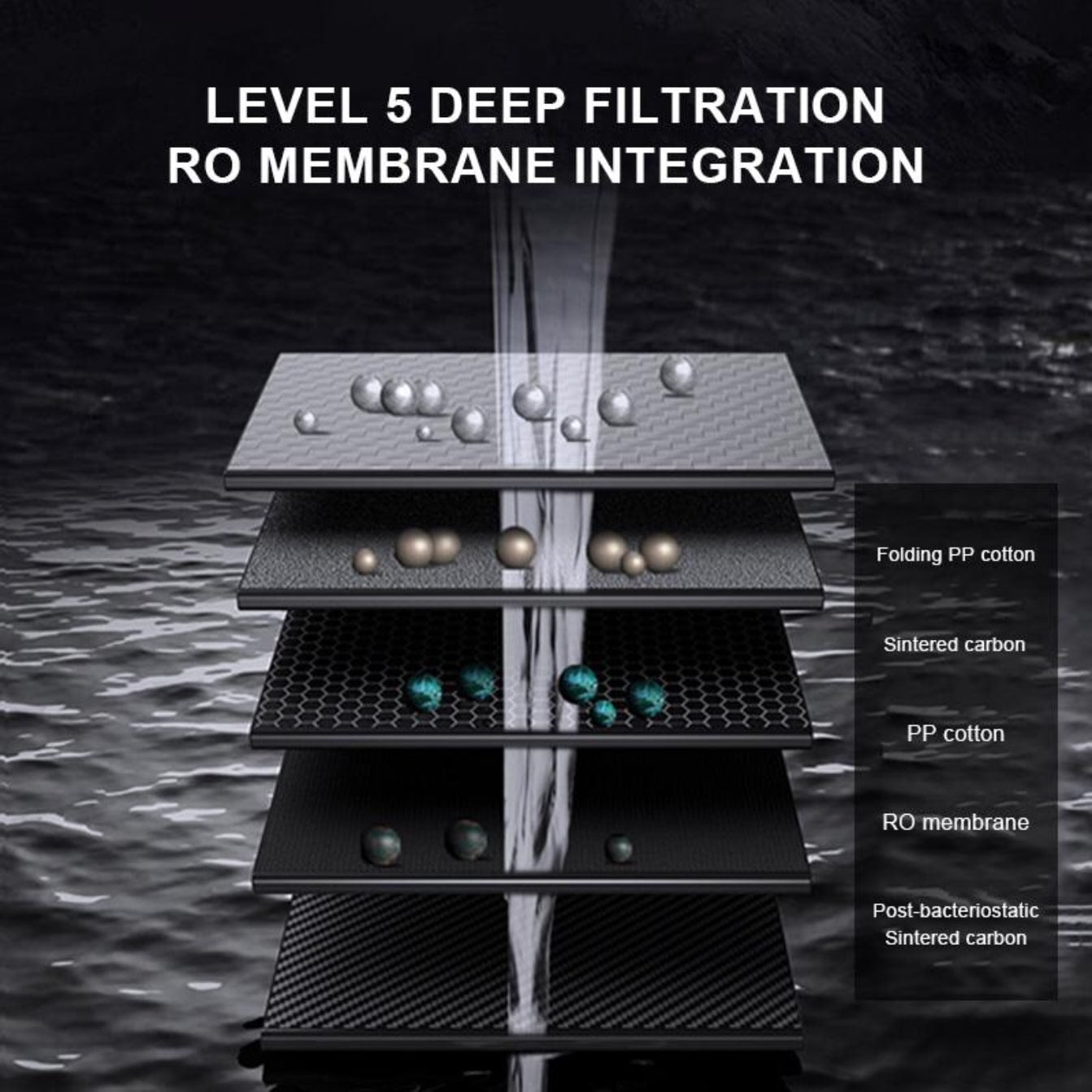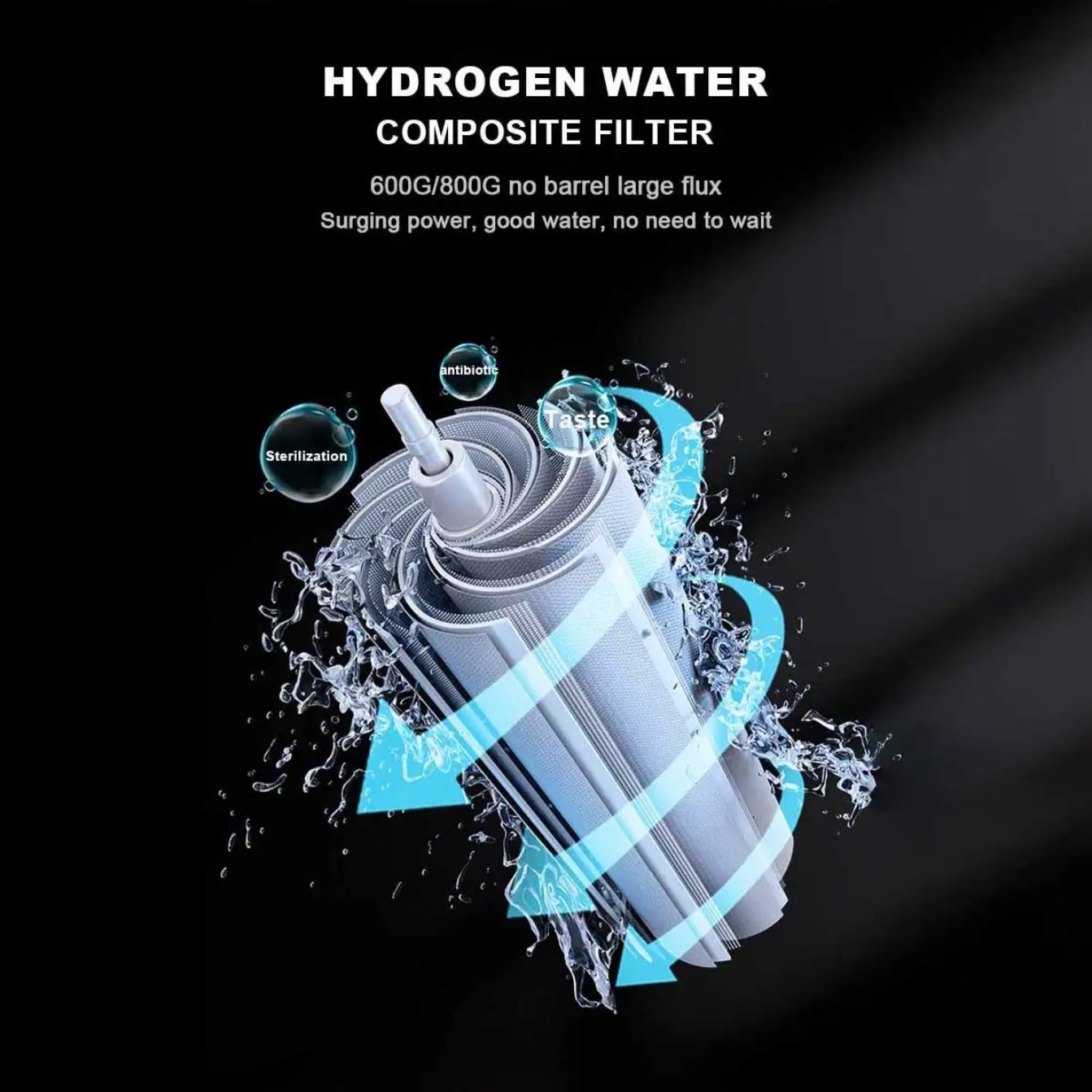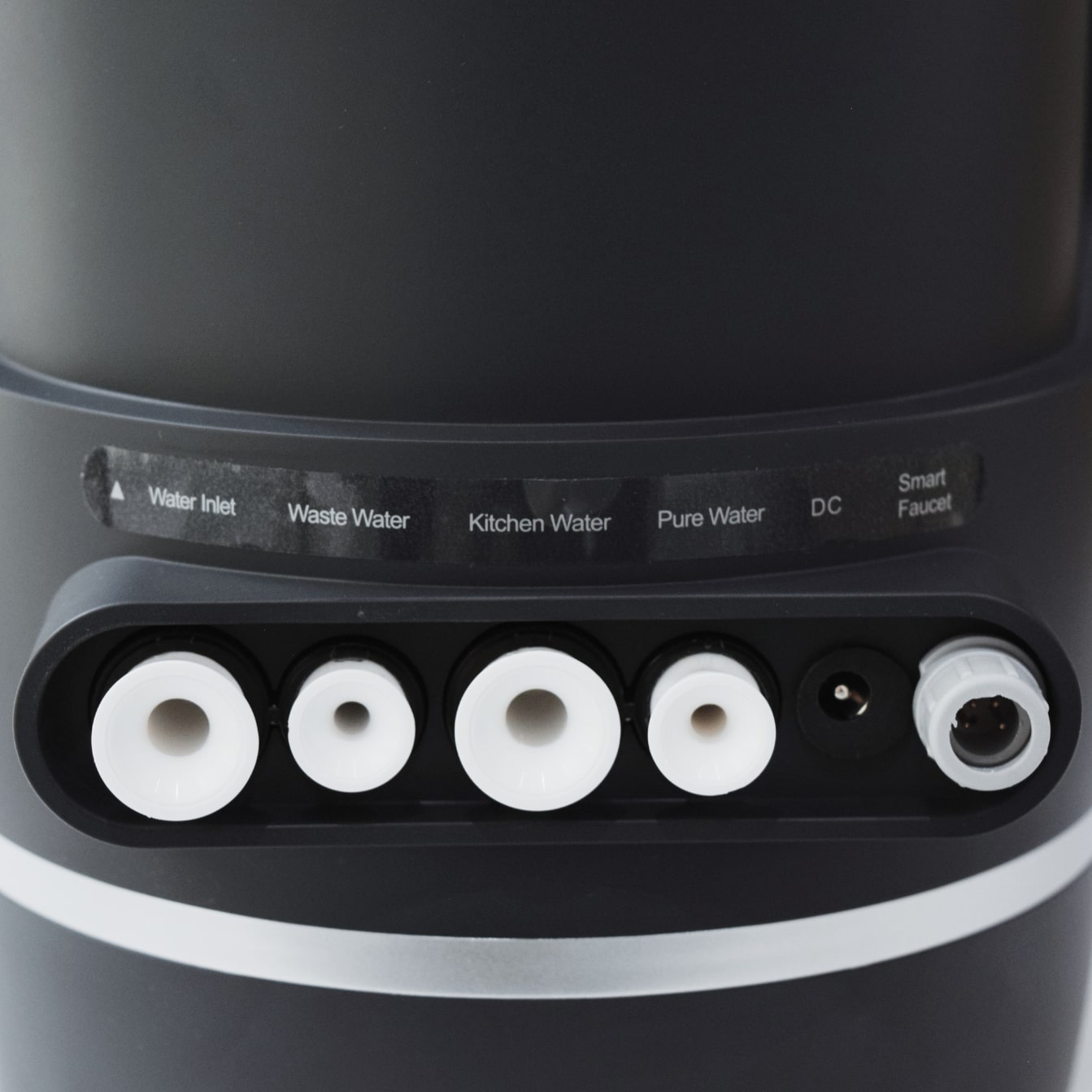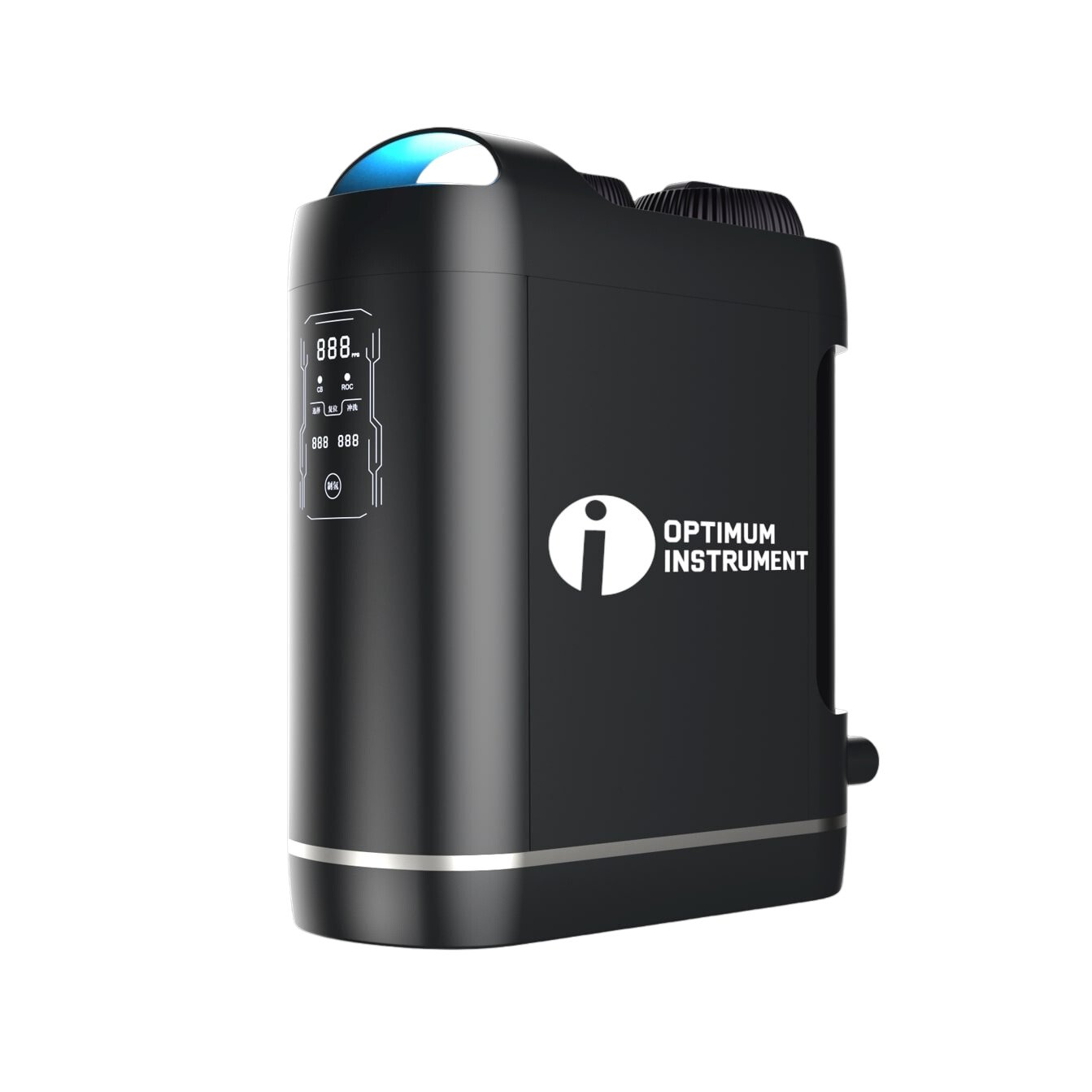Table of Contents
- Understanding PFAS: The ‘Forever Chemicals’
- Chemistry of PFAS: A Closer Look
- Are PFAS Harmful?
- PFAS in Water: A National Crisis
- EPA Regulations and Challenges
- The Health Impact: Unraveling the Threat
- Long-term Accumulation in the Human Body
- Protecting Your Family: What You Can Do
- Home Water Filters: A Defensive Shield
- Cautionary Note on Boiling Water
- Conclusion: Taking a Stand Against Forever Chemicals
- Frequently asked questions (FAQ)
- What are PFAS, and why are they called 'forever chemicals'?
- How are PFAS used in everyday products?
- Are all PFAS equally harmful?
- How do PFAS enter drinking water?
- What health risks are associated with PFAS exposure?
- Can boiling water eliminate PFAS?
- How can homeowners protect their drinking water from PFAS?
- Are there specific regulations in place to address PFAS contamination?
- What can individuals do to advocate for safer water regulations?
- Is there an immediate health impact from low levels of PFAS in drinking water?


